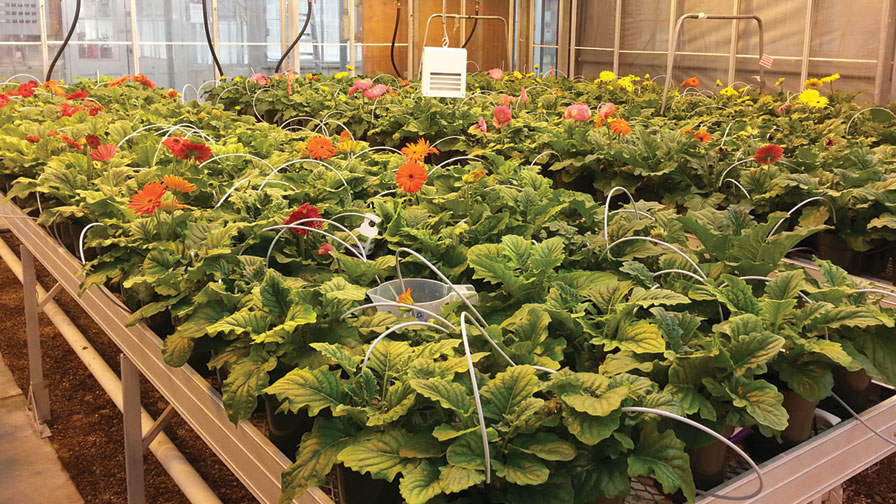Preparation and Communication Will Be Key for Crop Protection in 2022
 If 2020 was the year of COVID-19, supply chain fallout may very well be 2021’s legacy. All indications point to continued supply and logistics challenges well into 2022, according to crop protection suppliers. Preparation and planning will be critical components to success.
If 2020 was the year of COVID-19, supply chain fallout may very well be 2021’s legacy. All indications point to continued supply and logistics challenges well into 2022, according to crop protection suppliers. Preparation and planning will be critical components to success.
The pandemic has created an interesting set of circumstances where more people than ever before are buying plants and either dabbling in gardening for the first time or renewing their interest in it. The industry now has the challenge of retaining those customers, keeping them engaged, and providing the quality plants they expect.
“There is no doubt based on numerous consumer survey efforts over many years that they overwhelmingly want their plants, fruit, and vegetables organic where possible, and always guilt-free,” says Steve Bogash, NE Territory Business Manager at Marrone Bio Innovations. “The tried-and-true marketing rule to make sure customers feel good about their purchases is now more important than ever.”
This might be easier said than done with current supply chain disruptions, but greenhouse growers are never ones to compromise on quality. Perhaps that’s why more growers than ever are getting proactive and reviewing their 2021 pest management programs now and developing integrated pest management (IPM) programs for 2022, according to Bogash, who says growers will need to move away from just-in-time purchases of important pest management tools or deal with the potential to find that their first, second, and perhaps even third choice materials are sold out.
“If items are delayed or unavailable completely, there’s no pushing back a disease or insect outbreak until you can secure product to manage them. It’s best for growers to plan and purchase their needs earlier than needed to avoid getting stuck behind the eight-ball,” says Mark Brotherton, Senior Marketing Manager at OHP.
With so much uncertainty and disruption, there is much that is out of growers’ control. Crop protection suppliers indicate they’re focused on managing what is in their control to minimize the impact on their customers whenever possible. Part of that management strategy hinges on two-way communication between supplier and grower.
“One thing we can control is communication,” says Liz Dunbar, Product Manager – Greenhouse & Nursery at BASF Professional & Specialty Solutions. “I encourage growers to communicate with their suppliers on forecasted needs as far in advance as possible. Planning for longer raw materials lead times as they schedule their production cycles helps suppliers with concrete needs and quantities that we can then plan around and adjust to fulfill to the best of our abilities.”
Looking ahead to 2022, John Wendorf, Director- Turf, Landscape & Ornamental at SePRO Corporation, shares a few things growers need to be thinking about during their crop protection planning process.
- Book your hardgoods even earlier than usual to get ahead of long lead times and give you flexibility to pivot when resources are in short supply.
- Trucking and logistics continue to pose major obstacles. Manage your deliveries carefully to meet expectations.
- With labor hard to find and more expensive than ever, it is important to make smart decisions to maximize efficiency. With regards to pest control, you want to select products that minimize labor with long-lasting solutions that require fewer applications. Plant quality and physical management of plants can also be improved with plant growth regulators that improve density, increase flower buds, and extend the shipping window.
- Rethink your overall staffing and processes to see what will pay short- and long-term dividends.









